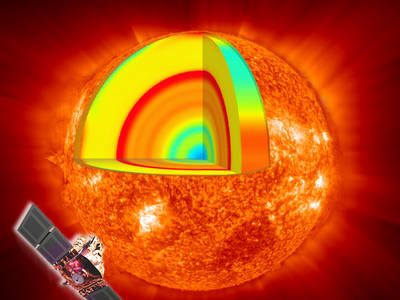Sunspots are areas of intense magnetic activity that appear as dark spots on the Sun’s photosphere. They are caused by changes in the Sun’s magnetic field and usually have a life cycle of approximately 11 years. Most Sunspots tend to form in pairs or groups and are usually associated with a strong magnetic field. The spots are typically cooler than the surrounding photosphere, and they evolve over time. Sunspots can last from a few days to several months and may eventually dissipate as the magnetic field changes.
Sunspot activity is related to the Sun’s cycle of magnetic field reversals, which occurs roughly once every 11 years.

Sunspots can be observed at different layers of the Sun’s atmosphere with different instruments. For example, the photosphere can be observed using telescopes with visible light while other layers, such as the chromosphere and the corona, can be observed using telescopes with ultraviolet and X-ray light. To make models of the Sun when data from different levels is collected, scientists use data from all layers to build a comprehensive picture of the Sun’s atmosphere and its various components. They combine data from all layers with theoretical models and simulations to create detailed models of the Sun’s activity.
In the pictures below, the sun was photographed with a Nikon Coolpix P1000. The first picture is in black and white and shows one big sunspot.

In the color picture below, you see many sunspots.
